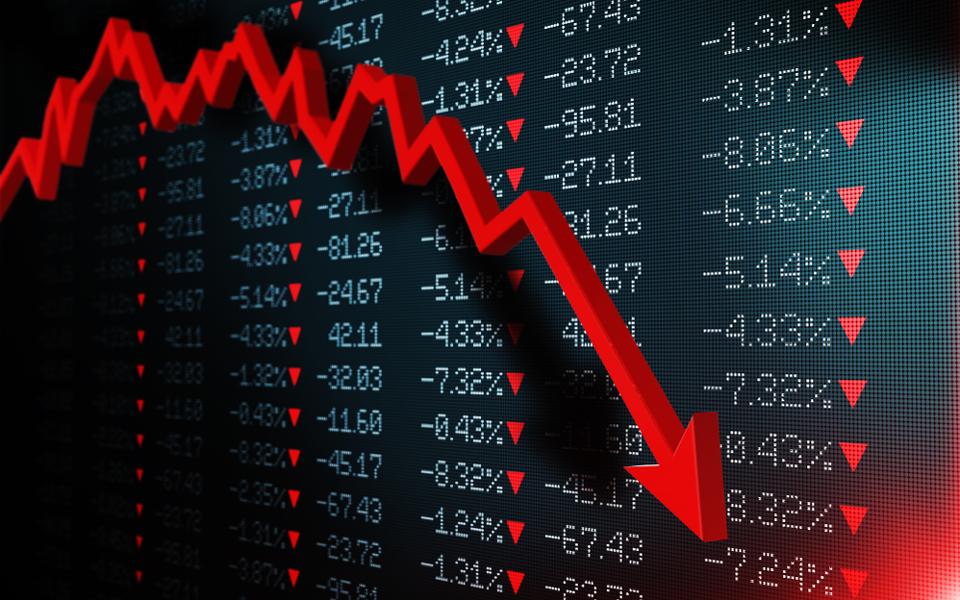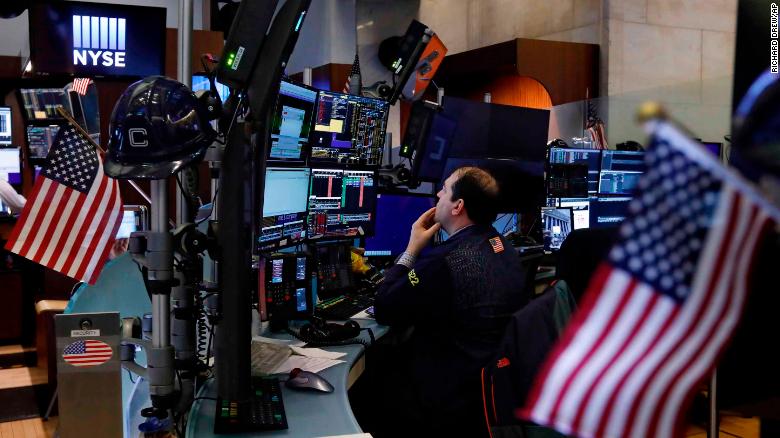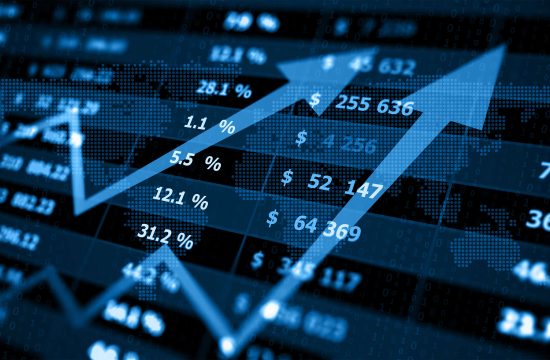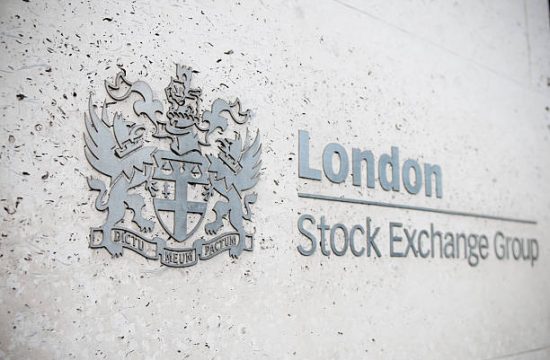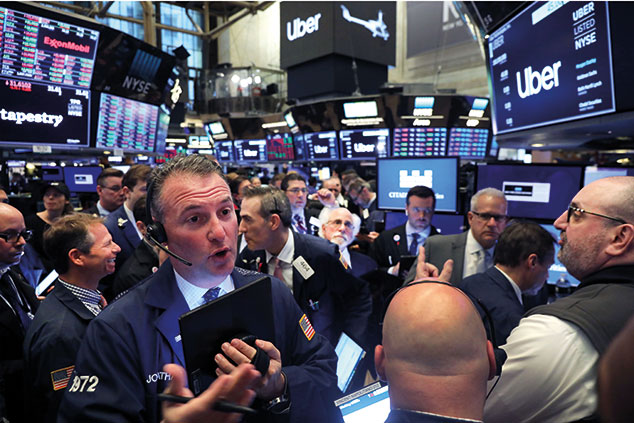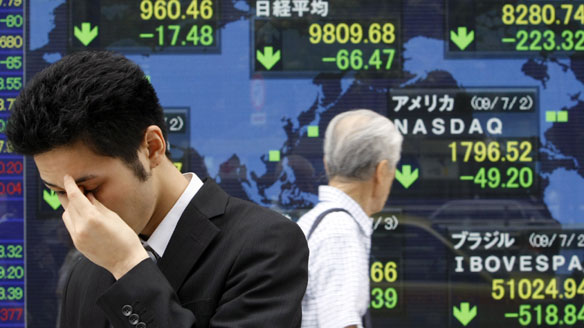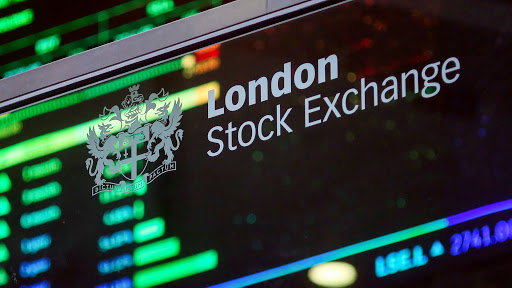India’s economic collapse is not surprising given what is happening all around the world. Still, it is of paramount importance as the country’s contribution to global growth is almost as great as that of the United States.
According to the latest IMF forecasts released in mid-April, India should be one of the only major countries, along with China, to end the year 2020 with positive GDP growth. The slowdown in growth is, however, severe and unprecedented. The Indian economy is growing from 4.2% in 2019 to only 1.9% in 2020, counting on the fact that the containment measures taken by the government are effective in stemming the pandemic.
Even during the balance of payments crisis of the early 1990s, such a brutal and rapid economic dropout was never observed in the country. All the leading indicators are in free-fall: industrial production is out at minus 16.6% YoY in March and is expected to decrease further in April and May on the back of stricter lockdown. Non-oil imports dropped at minus 54.4% YoY in April, and vehicle sales and registrations were down at 53.3% YoY in March – both are at historic lows. Looking at the amplitude of the plunge, to some extent, it certainly does not even make sense to annualize data right now.
To cope with the economic consequences of the outbreak, the government has unveiled last week a fiscal stimulus of about 10% of GDP. The actual new package is, in fact, much smaller than what has been announced since it includes previous measures that already count for 3.8% of GDP. The new support scheme basically refers to a tax rate cut for services providers and guaranteed unsecured loans to SMEs. This targeted support to small businesses is welcome as it allows them to bypass bank risk aversion to lend and as small businesses are at the heart of the Indian economy (accounting for up to 80% of employment). It is estimated to represent 1.5% of GDP – making India’s SMEs loan support one of the biggest in Asia, along with Taiwan and Japan.
However, India’s economy is not out of the woods yet. Even before the outbreak, the economy was in a weak position due to poor external demand and, foremost, to the blockages in the financial system. Over the past two years, the government and the RBI have tried with mitigated success to address the liquidity squeeze in the financial sector and to clean-up the mess in the non-bank financial sector. In the wake of the crisis, solvency issues in the financial sector are still a cause of concern.
The collapse of a large Indian non-bank financial company could inflict much long term damage to the economy than the COVID-19 and put at risk the entire domestic financial system. To get the economy back on its feet, the government will have to deal more energetically with the risks posed by the local shadow banking than it has done in recent years. A healthy financial system is one of the preconditions for the recovery of the Indian economy.
Best regards.

